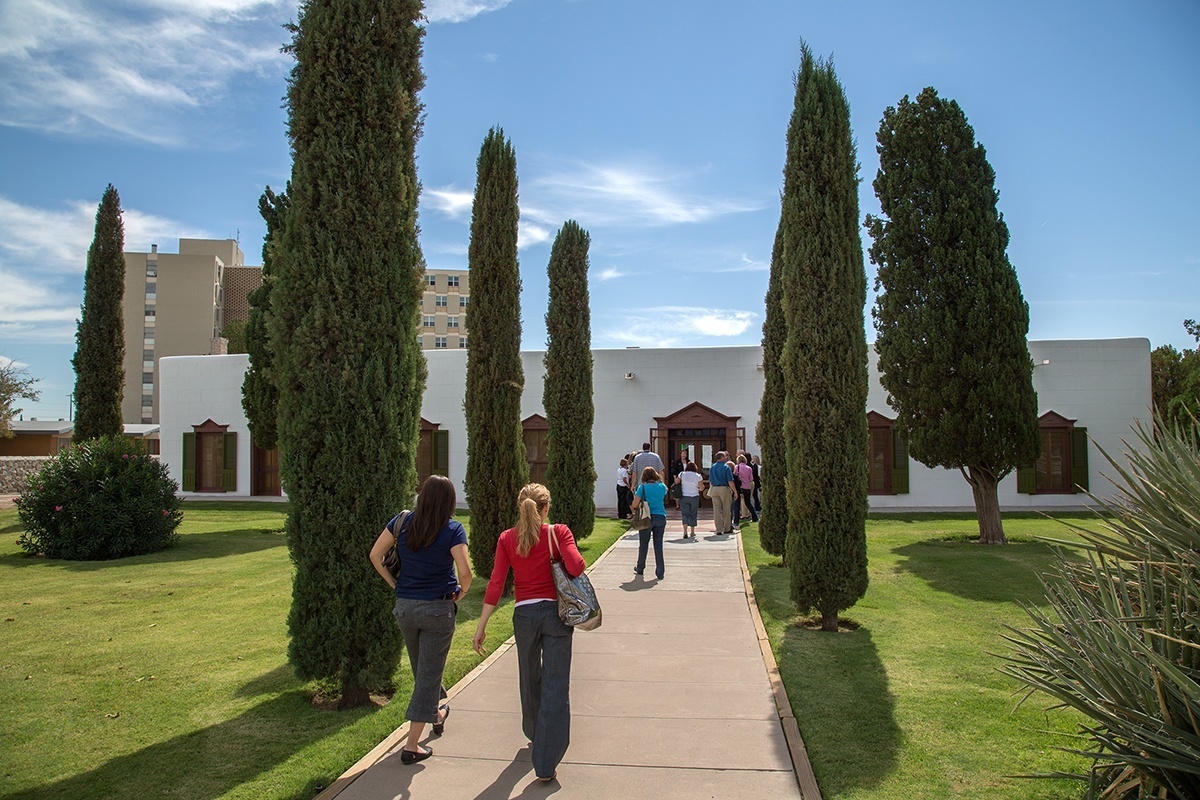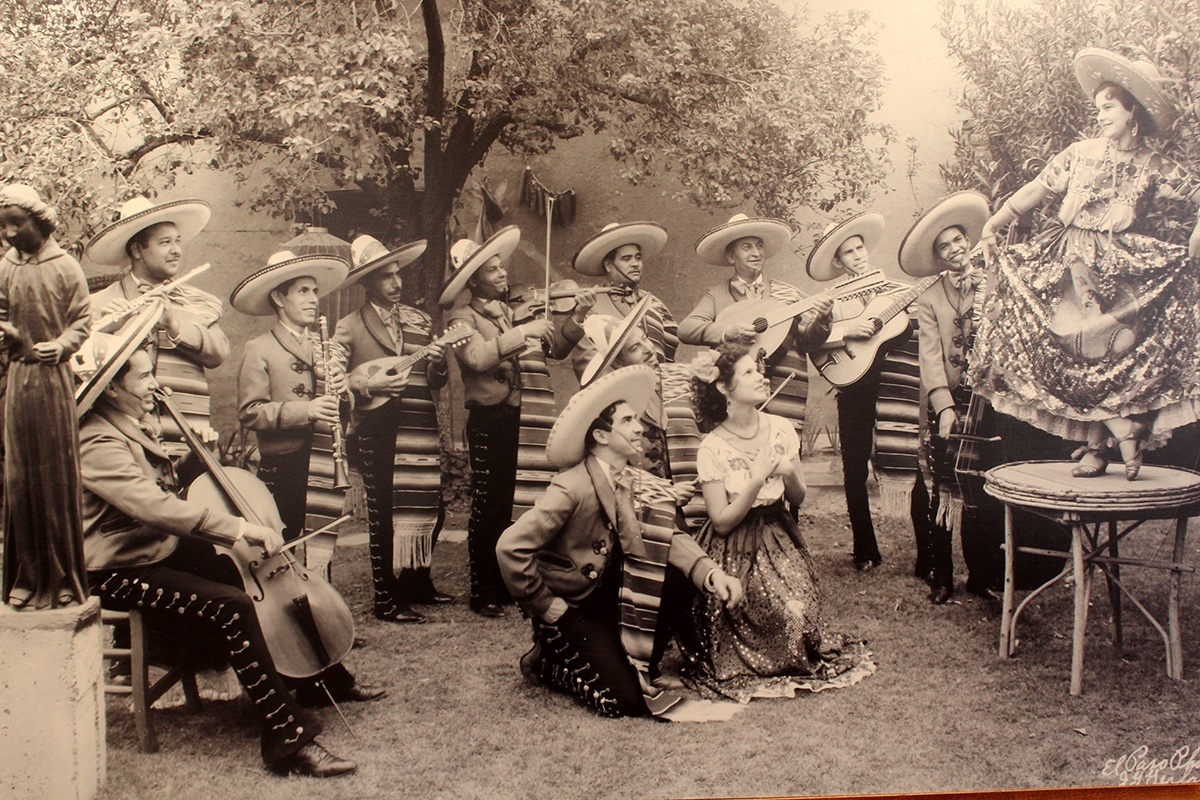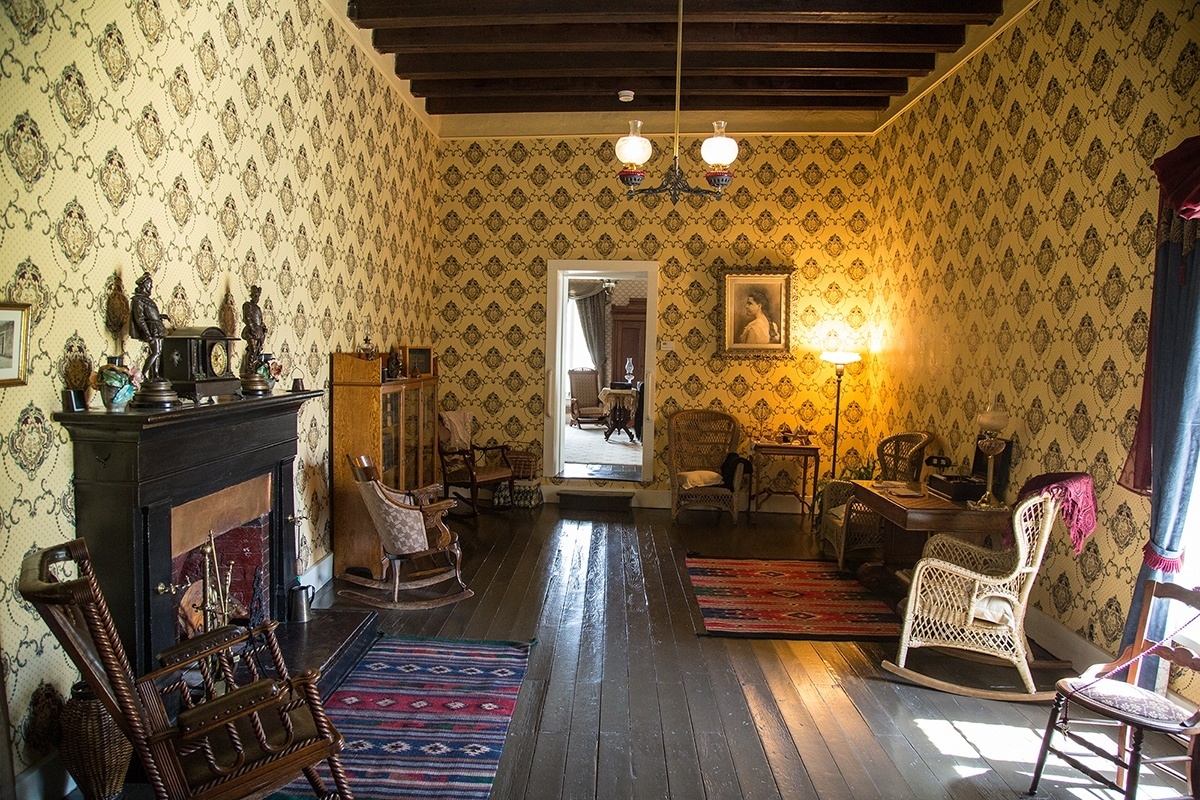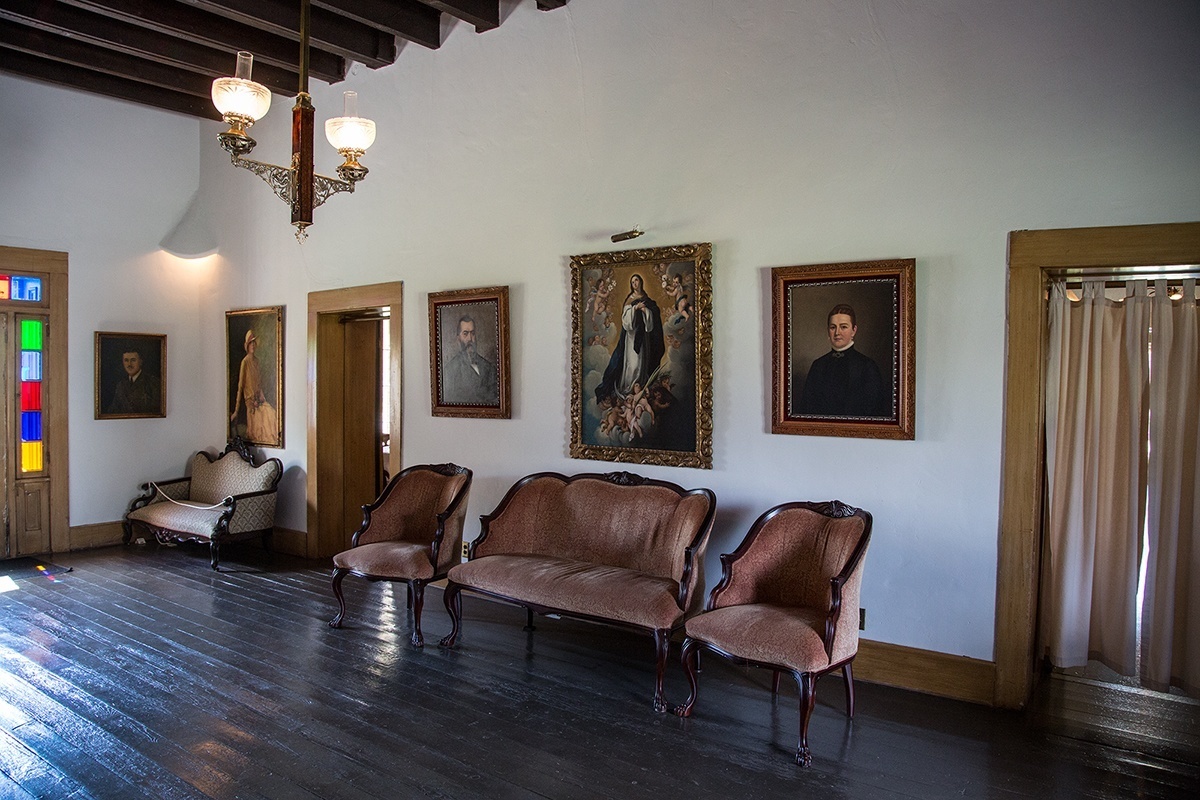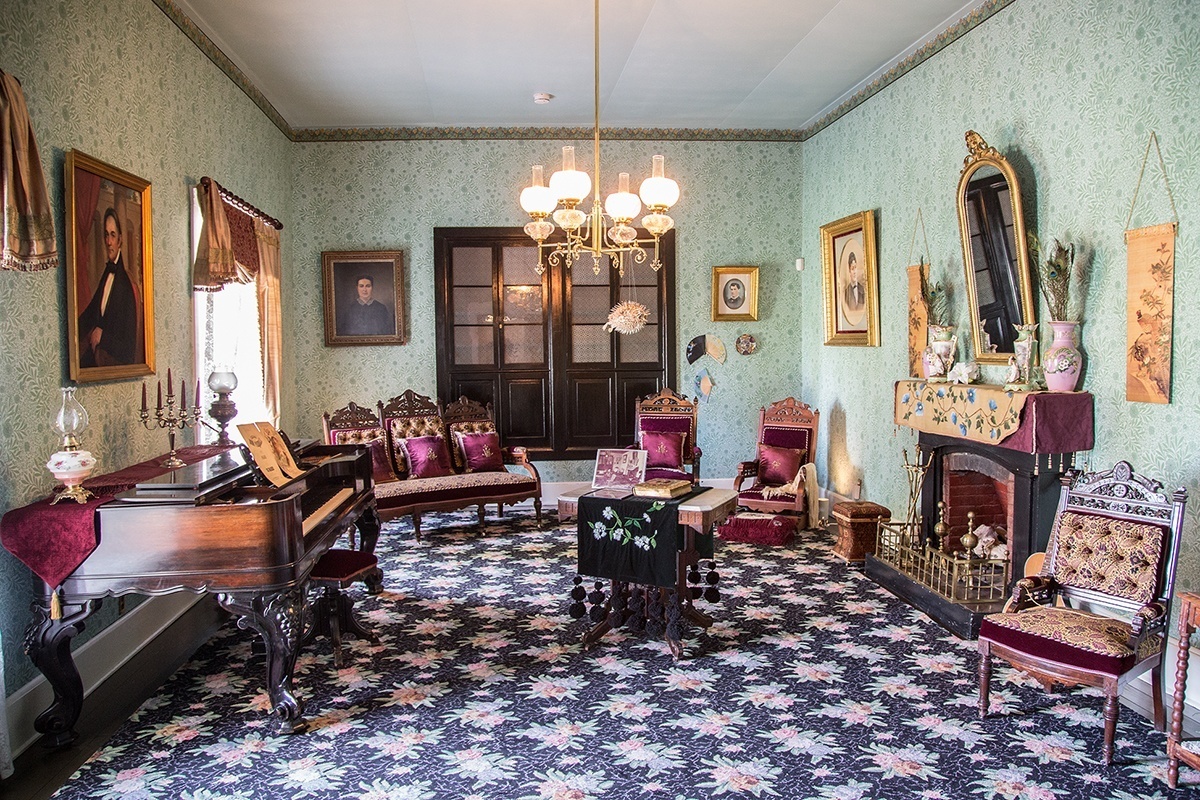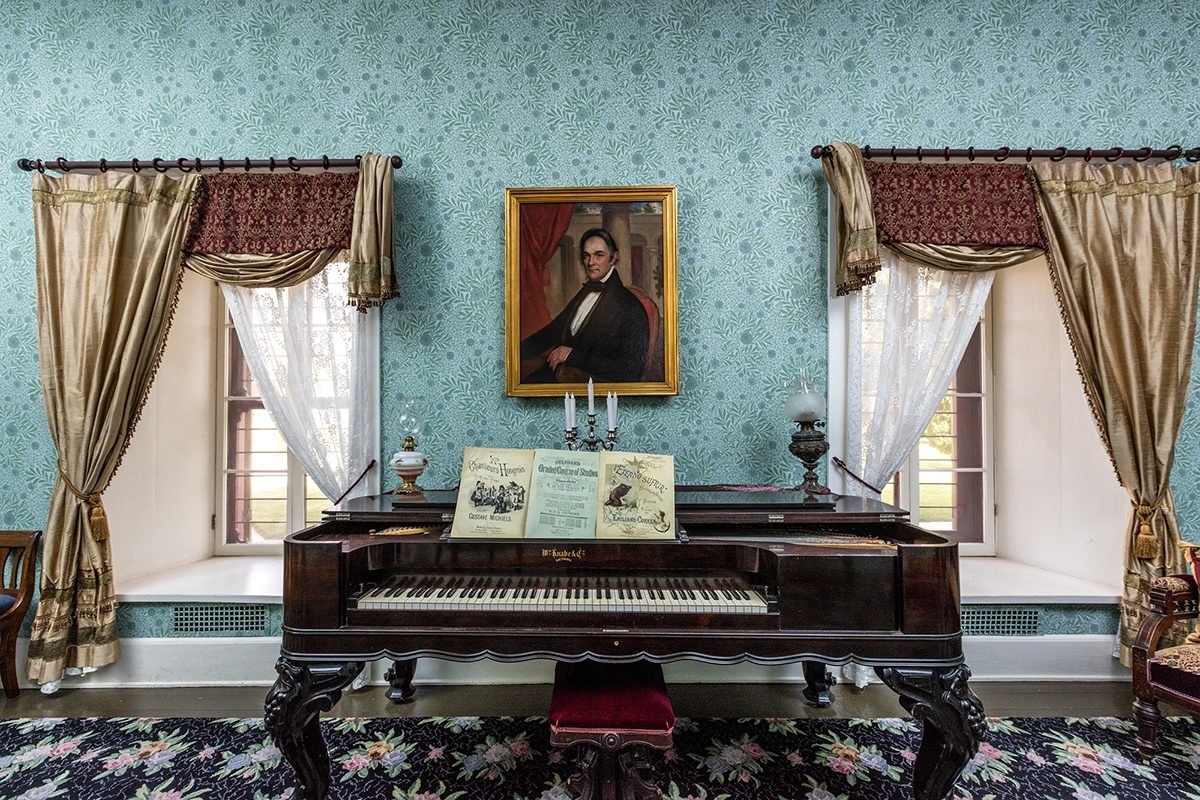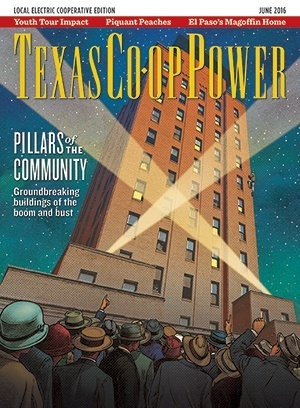When Louise Massey and the Westerners first performed My Adobe Hacienda in 1941, it would be more than 50 years before the adobe Magoffin Home in El Paso was open to the public. But when I toured the historic site last year, the lyrics, “In my adobe hacienda, there’s a touch of Mexico,” seemed a perfect soundtrack.
“Built by Joseph Magoffin in 1875, the home is one of the best examples of territorial architecture in the Southwest,” notes Leslie Bergloff, Magoffin Home State Historic Site manager. Territorial architecture combines pueblo style with Victorian or, in the case of the Magoffin Home, Greek revival architecture.
Around 1850, Joseph Magoffin’s father, James Wiley Magoffin, built his own adobe hacienda about a mile east of the home’s site. The village that included James’ home and a trading post was called Magoffinsville, but a flood destroyed the settlement in 1868. Joseph Magoffin later served El Paso as mayor, judge and bank president, and he played a central role in bringing utilities to the city.
During my tour of the site, curator Danny Stevens said, “The exterior walls of the home are 3 to 3½ feet thick, and the interior walls are 2 to 2½ feet thick. Because they are made of adobe—bricks of clay, sand, straw and water, dried in the sun—they provide natural insulation, helping to heat the home in winter and keep it cool in the summer.”
The home has no foundation, so the adobe sits directly on the ground, causing gradual shifting of walls. Ongoing maintenance and periodic restoration are necessary. The latest round of work, completed in 2012, received an award from Preservation Texas in 2014.
With 19 rooms encompassing 5,000 square feet, the house deserves the grand designation of “hacienda.” The entry room is a long hall with vigas, or wooden rafters, that were hauled by wagon from the Sacramento Valley near Cloudcroft, New Mexico, 100 miles away.
Pointing out a portrait of James Magoffin in the formal parlor that adjoins the large hall, Stevens summarizes Magoffin’s life. After early years in Kentucky, he made his name as a trader on the Santa Fe and Chihuahua trails. He lived in Chihuahua before settling in the El Paso area. Joseph Magoffin was born during his father’s time in Chihuahua and spoke Spanish and English. The Magoffin family, the curator says, was representative of El Paso as a multicultural city from its earliest days.
Nearly 80 percent of the furnishings and domestic items in the house museum were owned by the Magoffin family. The parlor features a cherrywood grand piano that arrived in El Paso by train in 1881, shortly after the city got its first rail connection. The backs of an Eastlake-style chair and settee were customized with carving details of horseshoes and Mexican eagles. Scrolls and fans from Asia adorn the flowery mantle.
When Joseph Magoffin built the home in 1875, it was on the outskirts of El Paso. Grand homes, churches, office buildings and schools arose in the neighborhood after the arrival of the railroad, but when the family sold the home to the state of Texas in 1976, industrial and commercial development eclipsed the area. The Magoffin Historic District was established in 1985 to revitalize the neighborhood.
One of Joseph Magoffin’s granddaughters lived in the home until 1986. Proud of her heritage, she served cookies and showed her doll collection to visitors and tourists.
If she ever heard Louise Massey sing of “soft desert stars and the strum of guitars,” surely, she would have thought of her family’s own adobe hacienda and all the wonderful times within its walls.
——————–
Gene Fowler is an Austin writer who specializes in history.
